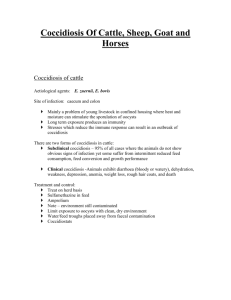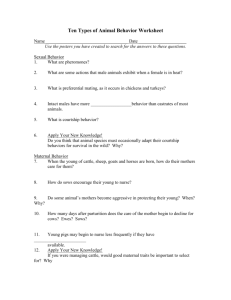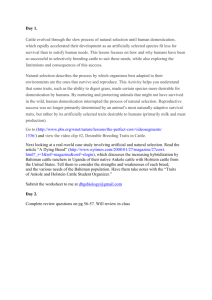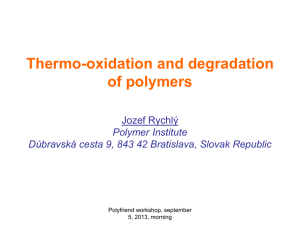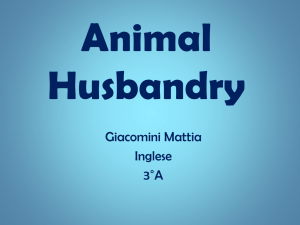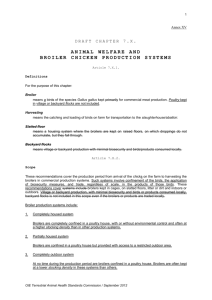Anti-prtozoan classification
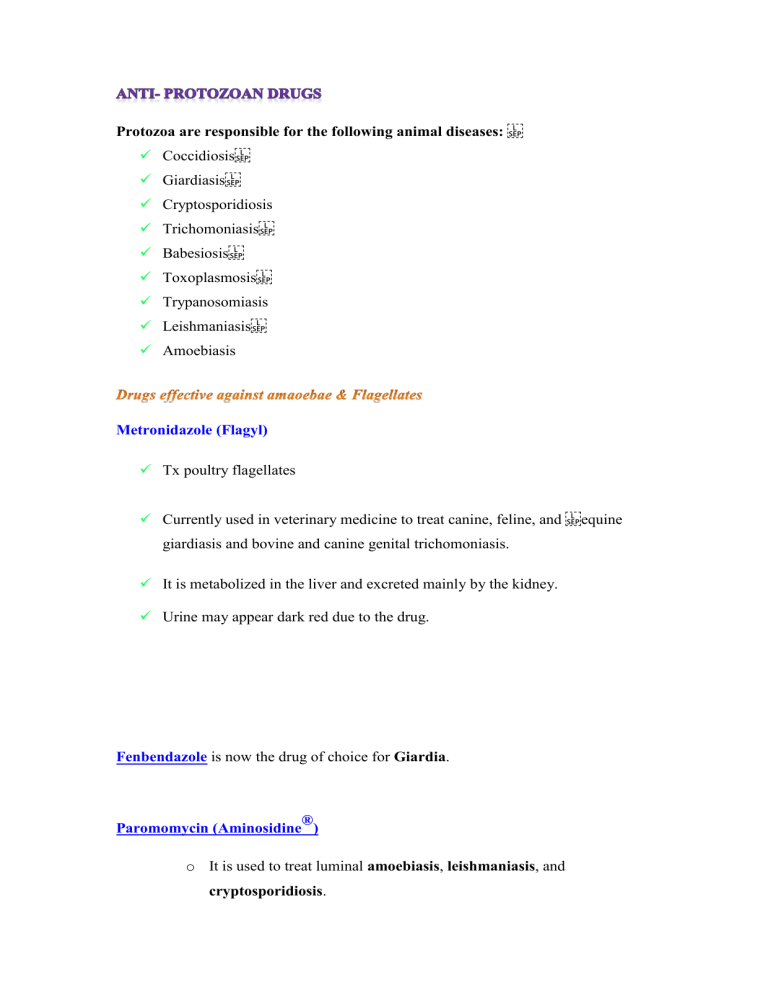
Protozoa are responsible for the following animal diseases:
Coccidiosis
Giardiasis
Cryptosporidiosis
Trichomoniasis
Babesiosis
Toxoplasmosis
Trypanosomiasis
Leishmaniasis
Amoebiasis
Metronidazole (Flagyl)
Tx poultry flagellates
Currently used in veterinary medicine to treat canine, feline, and equine giardiasis and bovine and canine genital trichomoniasis.
It is metabolized in the liver and excreted mainly by the kidney.
Urine may appear dark red due to the drug.
Fenbendazole is now the drug of choice for Giardia .
Paromomycin (Aminosidine
®
) o It is used to treat luminal amoebiasis , leishmaniasis , and cryptosporidiosis .
Tetracyclines :
These are used as feed additives
Represent a broad group of antiprotozoal agents with activity against amoeba , mucosal flagellates, coccidia, malaria, piroplasms (tick-transmitted protozoans), and ciliates .
Clindamycin :
The drug is readily absorbed orally (90%), and widely distributed in most tissues.
The half-life is about 5 hours after oral or IV administration.
This drug is considered the drug of choice for treating toxoplasmosis in dogs and cats .
Coccidiosis is an enteric disease caused by Eimeria or Isopora spp.
Coccidiosis is very important in the poultry industry, even though it accounts for economic losses that also in the cattle, sheep, goat, rabbit, and swine production industries.
It also occur in dogs, cats, human, and other primates.
Pig coccidiosis is a disease of nursing pigs 7 - 14 days old and anticoccidial medication of nursing pigs can be labor intensive as animals are not eating or drinking.
NO ANTI-COCCIDIAL AGENTS ARE APPROVED FOR PIGS .
Of the many commercially available and approved anticoccidials , sulfonamides and polvether ionophores are the MOST FREQUENTLY used.
Sulfonamides
Used in ruminants and small animals
E.g. are trimethoprim
Ormetoprim
Diaveridine
Pyrimethamine (not approved for use in food animals)
WT: 5 days
Decoquinate is approved in the US for treatment and prevention of coccidiosis in calves, beef and nonlactating cattle, sheep, goats, and poultry.
Drugs effective against coccidia
Amprolium :
It is the only anticoccidial approved for layers. It is also approved for broilers, turkeys, and cattle. No withdrawal is required for poultry and
1 day WDT for cattle.
Beware that an overdose can result in thiamine deficiency.
Roxarsone :
This arsenical drug is used primarily for its growth-promoting benefits, and is often used in combination with other drugs to enhance anticoccidial activity
Polyether Compounds
These drugs can be grouped into five different classes:
monovalent,
monovalent glycoside
divalent
divalent glycosides
divalent pyrole ethers.
Monensin (Coban®, Rumensin®)
Monovalent polyether ionophore that is approved for cattle , goats , and chickens (not laying hens).
WDT : 0 or 5 days
Lasalocid (Avatec®)
Divalent polyether ionophore approved for cattle , sheep , and poultry against
sporozoites, early and late asexual stages.
WDT for this drug alone is 5 days.
Salinomycin (Bio-Cox®)
Monovalent polyether ionophore that is approved for chickens (broilers only), and is effective against sporozoites, early and late asexual stages.
No WDT is required
Narasin (Monteban®)
Monovalent polyether ionophore that is approved only for broilers
No WDT requirement
Maduramicin (Cygro)
Monovalent monoglycoside polyether ionophore that is approved only for broilers with
WDT : 5 days
Semduramicin
Monovalent monoglycoside polyether ionophore approved for broilers only
No WDT required
Dog and cat coccidiosis
Associated with Nsospora spp , and only sulfadimethoxine is approved by
FDA.
Clindamycin is the drug of choice for treating toxoplasmosis in cats and dogs
Equine protozoal myeloencephalitis (EPM).
Pyrimethamine and combinations of trimethoprim and sulfadiazine have been used to treat EPM
New drug called
Marquis (Ponazuril®)
was recently approved
o Approved in the U.S. for treating EPM caused by Sarcocystis neurona . o This drug should not be used in horses intended for food
Babesiosis:
Imidocarb (Imizol®)
Amicarbalide (Diampron®)
Diminazene diaceturate (Berenil®, Ganaseg®)
Pentamidine isethionate (Lomidine®, Pentam 300®)
Phenamidine
